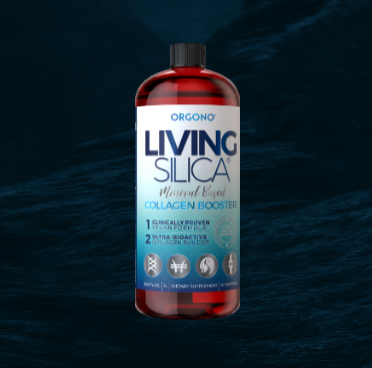
| Bamboo
All plants contain silica, some more than others: horsetail and bamboo are the most well-known for their high silica content.
Bamboo is the richest known source of natural silica, containing over 70%. Bamboo Silica extract is prepared from the Tabashir bamboo leaves and stem from India (Bambusa vulgaris). Bamboo Extract contains a variety of compounds such as flavones, glycosides, phenolic acids, and amino acids, all of which have antioxidant, skin-soothing, and astringent properties.
This natural silica source, is actually a grass but it's the tallest, strongest, fastest-growing grass in the world thanks to the incredible concentration of silica contained in the leaves and stems.
Some varieties of bamboo, renowned for their rapid growth, can grow up to several feet a day, a phenomenon attributed to their high silica content.







